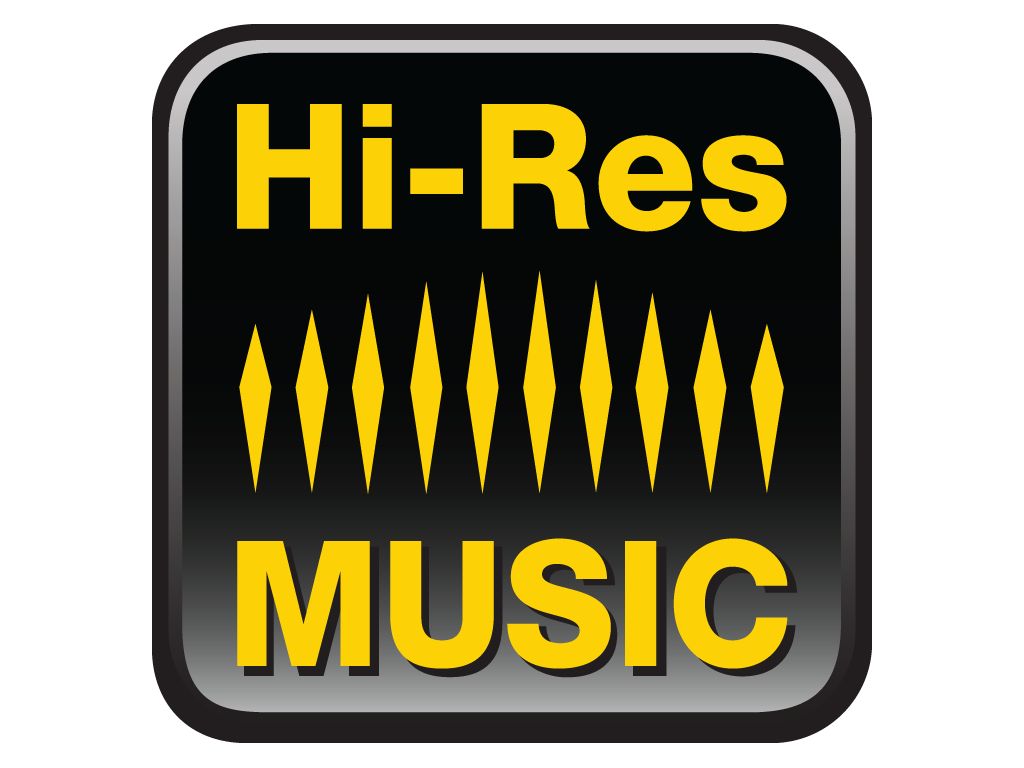
MP3 is a four-letter word to audiophiles and many music enthusiasts, and it has become synonymous with compressed-music files whose quality marks a significant step back from CD quality.
The CE and music industries, however, hope to step consumers up in a big way to compressed music files whose sound quality actually exceeds that of 80s-technology CDs. Their task, however, is challenging. Many consumers have grown up believing MP3 quality is good enough or, in fact, very good, not having been exposed to the detail and clarity that they’ve been missing.
The industries have banded together to promote the high-resolution alternative and have expanded the selection of high-res downloadable music and the home and portable audio products on which they can be enjoyed. They’ve also launched promotional campaigns to educate consumers.
TWICE asked representatives of the three largest global music companies — Sony Music Entertainment, Warner Music Group, and Universal Music Group — to provide an update on efforts to promote the high-res alternative and explain where the business is headed. Their comments were compiled by DEG: The Digital Entertainment Group.
Here’s what the companies had to say:
TWICE: The music industry has a financial incentive to promote high-resolution downloads because download sales are down. What is the incentive for consumers to pay for high-res downloads that cost more than lossy downloads?
High-res music sounds the way that the artist intended their music to be heard. These recordings deliver the same quality as when the producers and engineers recorded the tracks in the studio, full of depth and richness. High-res is perfect for audiophiles and music fans who insist on the very best listening experience possible.
TWICE: Does high-res audio currently appeal only to audiophiles, and can it expand beyond audiophiles? How will the music and CE industries achieve that?
According to Consumer Electronics Association (CEA) research, 37 percent of consumers are interested in listening to high-resolution audio. This represents a total potential market of 91 million U.S. adults. The key to reaching these consumers is education and creating new opportunities to engage them on this.
TWICE: What is being done to educate consumers about the value of high-res audio and clarify any confusion that might exist in their minds? Who is taking the lead in these efforts?
Consumer education is an ongoing industry-wide effort among artists, music labels, retailers and CE manufacturers. It is being coordinated by such organizations as the DEG, the CEA, and The Recording Academy.
TWICE: Is the growing number of high-res download stores encouraging music companies to expand their selection of high-res albums?
As fans continue to buy high-res music, the number of titles will increase, and more stores will come online to increase distribution. What began just a few years ago has now grown to almost a dozen high-res music retailers in North America alone.
TWICE: How big is the selection of high-res albums available to U.S. consumers from the three major music companies and independents? And what is being done to accelerate the growth of the high-res library?
There are already thousands of high-res recordings available from both the major music companies and independent labels. As fans continue to purchase high-res music, the demand will increase, and more classic recordings and new releases will be distributed in high res. We are still in early days, but already consumers are expressing a desire for more high-res music.
TWICE: Will it take the likes of the Apple and Amazon stores to stimulate consumer demand?
The more fans who demand high-res music, the more we expect to see additional distributors step up to meet that demand.
TWICE: Are enough home-and portable-audio SKUs available with high-res decoding to stimulate demand for high-res downloads? Do they need to come down in price?
There are more than 100 high-res home and portable devices available from almost 50 different manufacturers. These products meet virtually every lifestyle need and cover a variety of price points.
TWICE: What role will car audio play in the high-res market? Can automakers be convinced to add high-res decoders?
High-res audio is ideal for the car. The more ways consumers can access high-res music, the better.
TWICE: Will we see many more downloadable high-resolution multichannel-music albums, and why? Only a handful is available now.
Multichannel music is a creative decision best left to artists, producers and engineers.
TWICE: What is the potential for high-res streaming services that require a subscription, and why?
Streaming is the fastest growing sector of the music industry today. The music companies are focused on delivering content in ways that fans can easily access it, and high-res recordings are no exception going forth.
This Month In Hgh-History
July 2015
Foo Fighters, Sony team to promote high-res audio
Smartphones supporting high-res audio decoding and DACs in the U.S. have grown to about 10 models, according to Qualcomm.
June 2015
Best Buy, Sony announce plans for high-res listening areas in more than 70 Magnolia Design Centers in fall, making Best Buy the first national retailer to promote high-res audio.
RIAA unveils logo to designate high-res recordings meeting the high-res definition developed in 2014 by multiple industry groups.
The Recording Academy Producers & Engineers Wing announces plans for October availability of high-res audio production guidelines to simplify and accelerate high-res content creation.
January 2015
CES saw a flood of high-resolution home and portable-audio products.
December 2014
Meridian unveils MQA (Master Quality Authenticated) technology, which makes high-res streaming services practical by delivering high-res performance in smaller files.
CEA says it will make the High-Resolution Audio (HRA) logo developed by the Japan Audio Society (JAS) available for use by CEA members, allowing for a single worldwide logo to identify high-res audio products.
October 2014
Google releases Android 5.0 (Lollipop) smartphone OS, which adds native 192/24 support.
September 2014
Sony announces cross-promotional campaign featuring a high-resolution Walkman portable and the Tony Bennett and Lady Gaga album “Cheek To Cheek.”
June 2014
Music and CE industries agree on a standard definition of high-resolution audio and create voluntary descriptions for types of master source recordings, or Master Quality Recordings, that can be used to produce high-res files.
April 2014
Sony unveils promotion in which purchasers of Sony high-res products get a free high-res download of “Xscape,” the second album of unreleased Michael Jackson tracks.
September 2013
Sony steps out in front of the fledgling high-res market, launching its first high-res product lineup, a co-promotion with the big three music companies, and plans for a digital and print ad campaign. CEA also announces plans to support and promote high-res audio.













